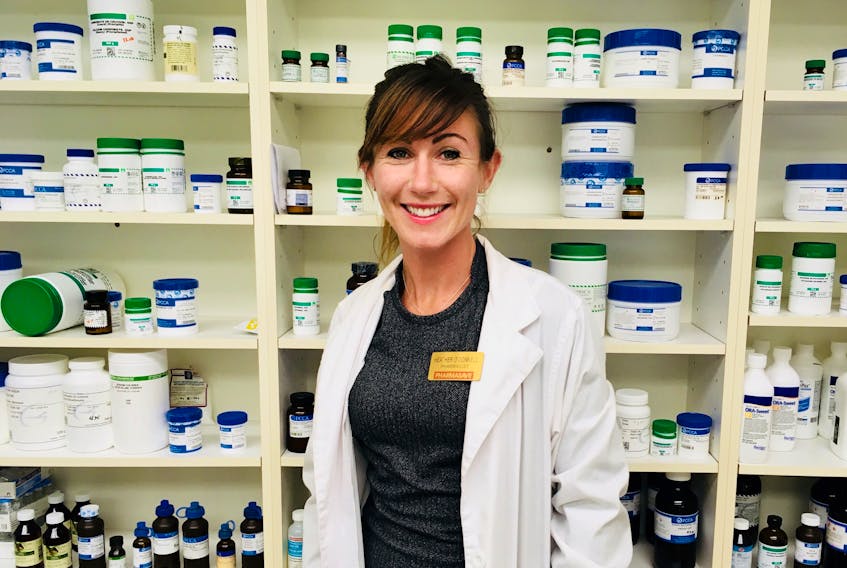There are many people out there who are willing to pay big money to have Heinz ketchup, or brand name jeans, or whatever the real McCoy may be.
But is the original product that much better in quality than the knockoffs, or are you truly just paying for the “name?”
There are two overall categories for drugs: brand name and generic. Brand name drugs are the original products that come on the market after many years of expensive research. They usually have a patent so that no other companies can make a similar product for a set number of years. This, hopefully, allows the brand name company to be compensated for the time and money spent bringing the product to market.
After the patent expires, generic companies create me-too products. These companies can copy the formula of the brand name product and get it to market without as much research or financial investment. Their formulations may contain different fillers or dyes, and may also differ in appearance when compared to the brand name product. However, generic companies must prove through clinical studies that the medical activity of their product is comparable to the original product and that it meets specific standards.
With all the drug shortages lately and the focus on saving health-care dollars, there are more and more generics becoming available. Pharmacy regulations require that generic products that are deemed to be equivalent to the brand name by the government be dispensed first, unless someone specifically asks for the brand name product. So, if you see names like Apo, Teva, Jamp, or Pms (is it just me or did they not really think this one through?!) before the name of your medication, then you have a generic product. For example, if you used to get Crestor for your cholesterol, your medication might now say pms-rosuvastatin. Your pharmacy should always notify you when a change has been made to your medication. This may be done by putting a sticker or note on your prescription, or telling you about the change when you pick it up (or preferably both).
If your medication looks different from your previous refill, and you have not been informed of a change, do not just assume that it’s a substitution. Always check with the pharmacy!
If, for whatever reason, a person wants to have the brand name product they can request it. Usually a drug plan will only pay the cost of the generic version, so the patient is responsible for covering the difference in price, which can sometimes be quite steep.
There are always exceptions, such as if a person cannot tolerate the generic. Then the drug plan may decide to cover the extra costs of the brand name drug. Sometimes there are also cards provided by the drug companies to cover additional charges.
Just because a drug is a generic product does not mean it is a lesser product. Sometimes patients discover the generic works better for them. After many years of being a peanut butter addict (and Kraft snob), my taste buds have come to realize that the No Name peanut butter is far superior.
Heather O’Donnell, originally from Middleton, is a pharmacist at Pharmasave in Bridgetown.









